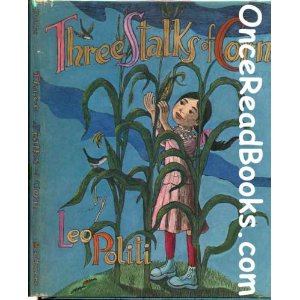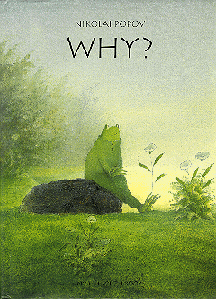Another important topic that is addressed in this book, is the idea of being yourself. For example; Joe is homosexual. He never expresses any fears or anxiety about it. He just wants to be loved and have a boyfriend. I think this is important for children to learn because a lot of times I think children think they need to fit into "normal society" but really what is normal? How do you classify "fitting in?" I think it is important to express individuality and being yourself. It is important for children to learn this or at least explore this topic at a young age otherwise they will grow up scared to be something different than society expects them to be.
One of my favorite parts of the book was on page 123 and Skeeze says,
"I mean, how come little kids are cute to everybody, doesn't matter they do, but you do the same things a little older you aren't cute anymore. Y'know? I mean, what kinda stinkin' deal is that? If you and I were walkin' down the street now and we were, y'know, holdin' hands like back when we were buddies in first grade, nobody'd say we were cute. They'd call us fags. Or something' even worse. What's up with that?"
I like this part because I think is one hundred percent true. At what age do we stop thinking interactions are "cute" or friendly and start labeling them as gay and homosexual? I think is it important for children to realize how much society views may corrupt their own views and that sometimes we just have to stick to our own opinions and not let others influence us. I think a lot of children can relate to this book because they are living and breathing it everyday. They are either getting called names or calling other people's name. I think it would be hard for anyone to not be able to relate to this book, which is what I think makes it such a good book.

























